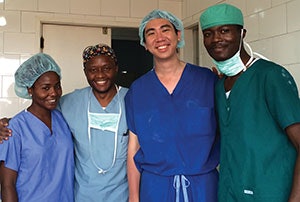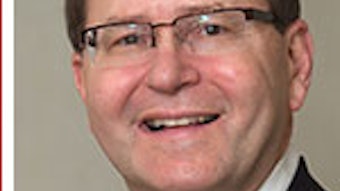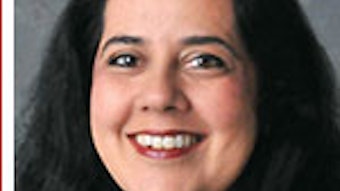Humanitarian mission trip to Cameroon
I recently had the opportunity of a lifetime to participate in a two-week otolaryngology mission trip to Mbingo Baptist Hospital, Cameroon, with my mentor, Wayne M. Koch, MD, in April 2015. Dr. Koch has a long-standing relationship wth Mbingo Baptist Hospital (MBH) and travels there a number of times a year.
By Zhen Gooi, MBBS, MD, Clinical Fellow, Department of Otolaryngology-Head and Neck Surgery, Johns Hopkins Hospital and Resident Travel Grant Awardee
 Dr. Gooi spent two weeks at Mbingo Baptist Hospital, Cameroon, as part of a mission trip performing head and neck oncology procedures, including repairing mandibular fractures. From left to right Keafon Nchifor, MD, otolaryngology resident; Tony Mwenyemali, MD, general surgery resident; Zhen Gooi, MD; and Desiree, OR scrub tech.
Dr. Gooi spent two weeks at Mbingo Baptist Hospital, Cameroon, as part of a mission trip performing head and neck oncology procedures, including repairing mandibular fractures. From left to right Keafon Nchifor, MD, otolaryngology resident; Tony Mwenyemali, MD, general surgery resident; Zhen Gooi, MD; and Desiree, OR scrub tech.I recently had the opportunity of a lifetime to participate in a two-week otolaryngology mission trip to Mbingo Baptist Hospital, Cameroon, with my mentor, Wayne M. Koch, MD, in April 2015. Dr. Koch has a long-standing relationship wth Mbingo Baptist Hospital (MBH) and travels there a number of times a year.
MBH is operated under the auspices of the Cameroon Baptist Convention, and has a number of medical training programs, including a general surgery residency administered by the Pan-African Academy of Christian Surgeons. We operated on a daily basis except for Sundays and many of the cases had been lined up in advance by the local otolaryngologist, Dr. Acha, in anticipation of Dr. Koch’s arrival. We dealt with the whole spectrum of head and neck surgical oncology in addition to repairing a number of mandibular fractures. The hospital is well run and clean, but is by no means of “Western” standard in terms of equipment. The surgical ward has but one single trash can. For dressing supplies, one walks to the far side of the ward where gauze is dispensed sparingly from a metal can by a watchful nurse.
There is an incredible amount of resourcefulness borne out of necessity. Almost every surgical instrument is recycled, from the Bovie tips, to the suction tubings and endotracheal tubes. Wastage is at a bare minimum, in contrast to the wonton culture of “use and dispose” that we practice in North America. We had brought a number of battery-operated electrolarynxes, which we gave to the four laryngectomy patients whom we operated on, and it was gratifying to see their smiles when they were able to “‘voice.”
My interaction with the local population was limited due to my lack of language skills. Part of my mission involved studying the prevalence of oral HPV infection in the local population with HIV, as part of a pilot research project that had been approved by the hospital IRB. This required getting the patients to answer some brief questions and perform oral rinses. Many could not state their age, instead handing over their government-issued identity cards to my translator for further investigation.
Ironically, culture shock did not strike me in Cameroon, but did when I landed in Dulles International Airport and the subsequent days thereafter. The well-lit, air conditioned hospital corridors, people being preoccupied with their smartphones, and the five-lane I-495 expressway stood in stark contrast to everything I had experienced over the past weeks. Every pair of gloves I reached for, every single-use suture I disposed felt like I was an industrial polluter.
I have gained an immense amount of respect for the medical staff and the numerous full-time medical volunteers who devote their time and energy to MBH and soldier on cheerfully despite the numerous equipment shortages. I would like to thank the AAO-HNSF Humanitarian Efforts Committee for the generous funding given to offset my travel expenses for this medical mission.






